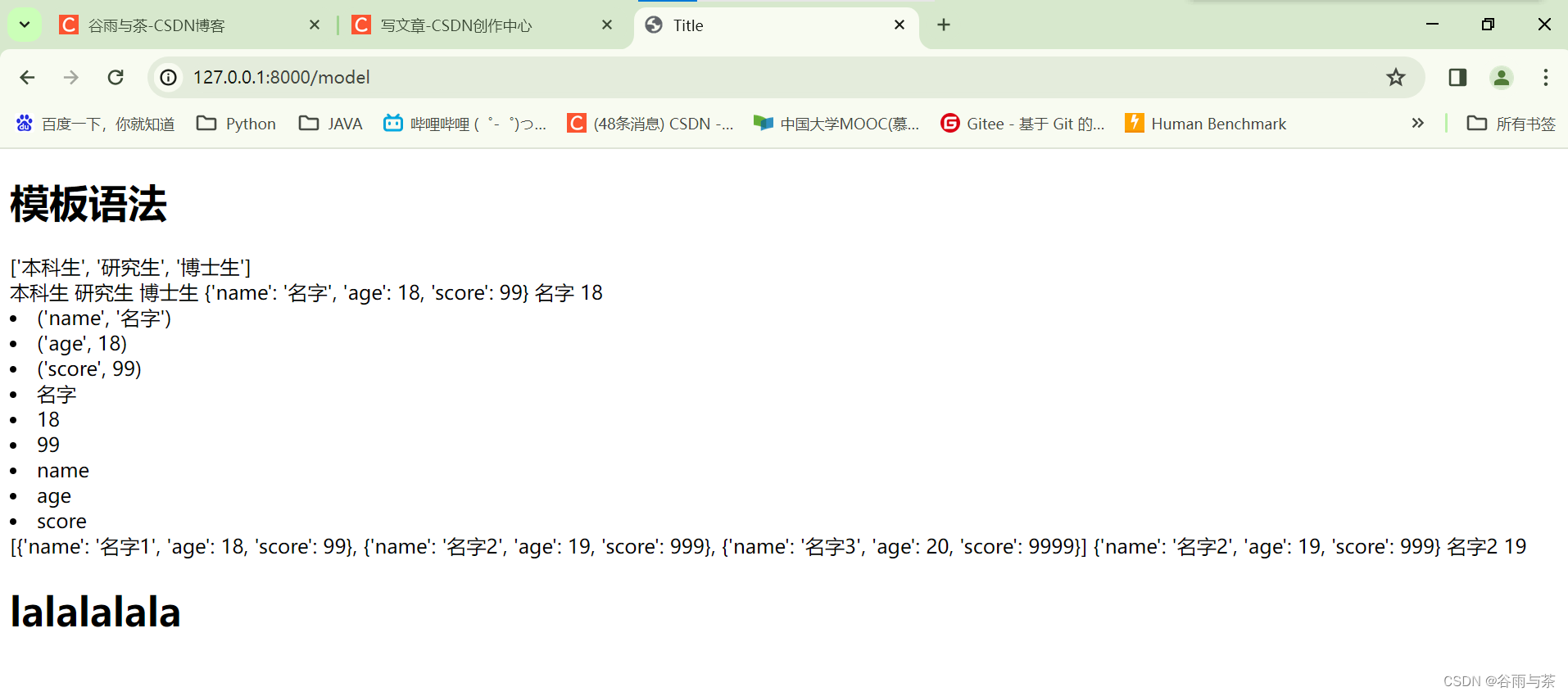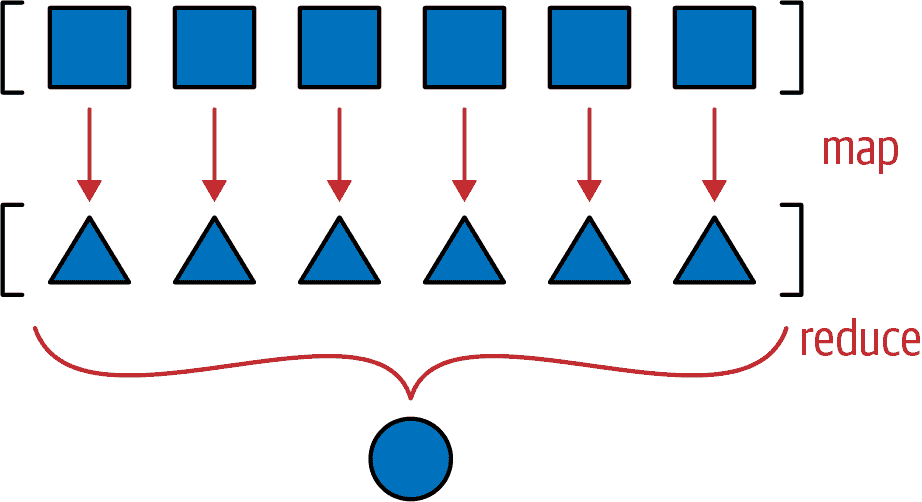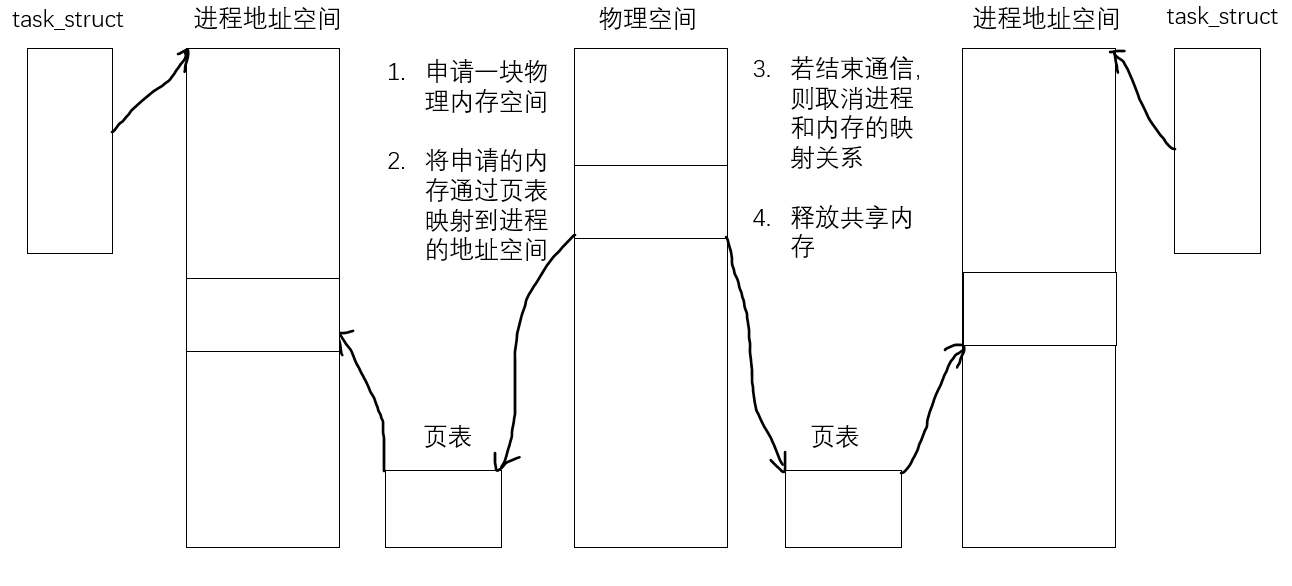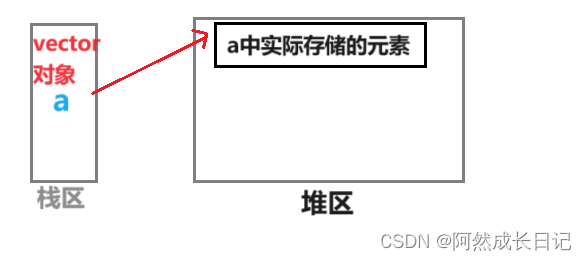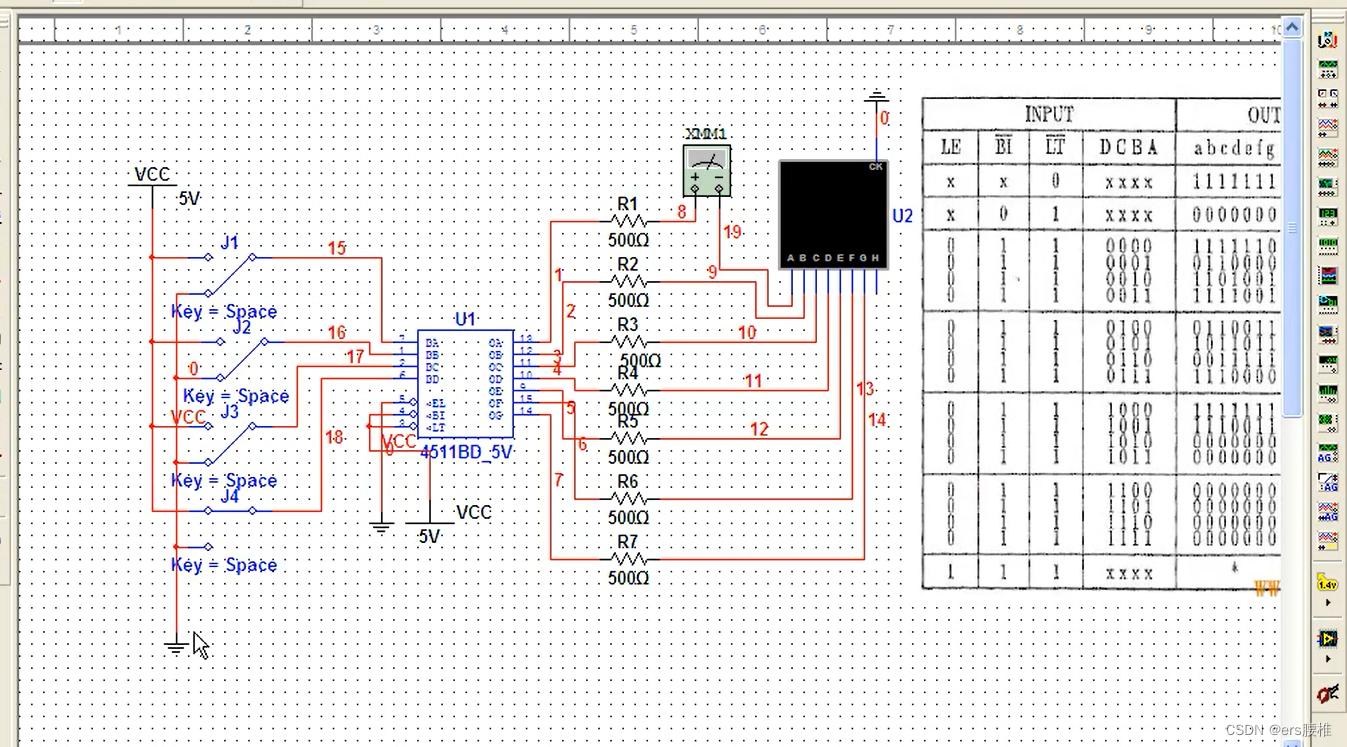其中coding题目来源于师兄面试经验
1、链表的结构体+反转链表
本质上就是一个构造函数
struct ListNode{
int val_;
ListNode* next_;
ListNode() : val_(0), next_(NULL) {}
ListNode(int x) : val_(x), next_(NULL) {}
ListNode(int x, ListNode* next) : val_(x), next_(next) {}
};反转链表:
给你单链表的头节点 head ,请你反转链表,并返回反转后的链表。
示例 1:

输入:head = [1,2,3,4,5] 输出:[5,4,3,2,1]
/*
struct ListNode{
int val_;
ListNode* next_;
ListNode() : val_(0), next_(NULL) {}
ListNode(int x) : val_(x), next_(NULL) {}
ListNode(int x, ListNode* next) : val_(x), next_(next) {}
};
*/
class Solution {
public:
ListNode* reverseList(ListNode* head) {
ListNode* pre = nullptr;
ListNode* cur = head;
while(cur) {
ListNode* tmp = cur->next;
cur->next = pre;
pre = cur;
cur = tmp;
}
return pre;
}
};2、实现一个网页类 能够进行前进、后退、跳转操作
#include <iostream>
#include <stack>
#include <string>
using namespace std; // 这里为了方便开发
class Web {
public:
Web() {};
// 访问
void Visit(const string &pages) {
while (!backed_pages_.empty()) {
backed_pages_.pop();
}
visited_pages_.push(pages);
cout << pages << endl;
}
// 后退
void Back() {
if (visited_pages_.empty()) {
cout << "ingore" << endl;
} else {
backed_pages_.push(visited_pages_.top());
visited_pages_.pop();
if (!visited_pages_.empty()) {
cout << visited_pages_.top() << endl;
} else {
cout << "ingore" << endl;
visited_pages_.push(backed_pages_.top());
backed_pages_.pop();
}
}
}
// 前进
void Forward() {
if (backed_pages_.empty()) {
cout << "ingore" << endl;
} else {
visited_pages_.push(backed_pages_.top());
backed_pages_.pop();
cout << visited_pages_.top() << endl;
}
}
~Web() {};
private:
stack<string> visited_pages_; // 记录访问的页面
stack<string> backed_pages_; // 记录回退的页面
};
int main() {
int n;
cin >> n;
Web web;
for (int i = 0; i < n; ++i){
string action, page;
cin >> action;
if (action == "VISIT") {
cin >> page;
web.Visit(page);
} else if (action == "BACK") {
web.Back();
} else if (action == "FORWARD") {
web.Forward();
} else {
cout << "Invalid Action!" << endl;
}
}
return 0;
}
8
VISIT
www.baidu.com
www.baidu.com
VISIT
www.sougou.com
www.sougou.com
BACK
www.baidu.com
FORWARD
www.sougou.com3、二维矩阵,由0、1填充,其中1代表陆地,0代表海洋,找出距离陆地最远的那块海洋的位置
对应力扣1162题
你现在手里有一份大小为 n x n 的 网格 grid,上面的每个 单元格 都用 0 和 1 标记好了。其中 0 代表海洋,1 代表陆地。
请你找出一个海洋单元格,这个海洋单元格到离它最近的陆地单元格的距离是最大的,并返回该距离。如果网格上只有陆地或者海洋,请返回 -1。
我们这里说的距离是「曼哈顿距离」( Manhattan Distance):(x0, y0) 和 (x1, y1) 这两个单元格之间的距离是 |x0 - x1| + |y0 - y1| 。
示例 1:

输入:grid = [[1,0,1],[0,0,0],[1,0,1]] 输出:2 解释: 海洋单元格 (1, 1) 和所有陆地单元格之间的距离都达到最大,最大距离为 2。
class Solution {
public:
static constexpr int dx[4] = {-1, 0, 1, 0}, dy[4] = {0, 1, 0, -1};
static constexpr int MAX_N = 100 + 5;
struct Coordinate {
int x, y, step;
};
int n, m;
vector<vector<int>> a;
bool vis[MAX_N][MAX_N];
int findNearestLand(int x, int y) {
memset(vis, 0, sizeof vis);
queue <Coordinate> q;
q.push({x, y, 0});
vis[x][y] = 1;
while (!q.empty()) {
auto f = q.front(); q.pop();
for (int i = 0; i < 4; ++i) {
int nx = f.x + dx[i], ny = f.y + dy[i];
if (!(nx >= 0 && nx <= n - 1 && ny >= 0 && ny <= m - 1)) {
continue;
}
if (!vis[nx][ny]) {
q.push({nx, ny, f.step + 1});
vis[nx][ny] = 1;
if (a[nx][ny]) {
return f.step + 1;
}
}
}
}
return -1;
}
int maxDistance(vector<vector<int>>& grid) {
this->n = grid.size();
this->m = grid.at(0).size();
a = grid;
int ans = -1;
for (int i = 0; i < n; ++i) {
for (int j = 0; j < m; ++j) {
if (!a[i][j]) {
ans = max(ans, findNearestLand(i, j));
}
}
}
return ans;
}
};这道题目先贴这里,最近还没看图论,
4、现有一个能产生随机数字1-5的函数,请写出一个能产生随机数字1-7的函数
#include<iostream>
#include<ctime>
#include<cstdlib>
int GenerateRandom5() {
return (rand() % 5) + 1;
}
int GenerateRandom7() {
int x = ~(1<<31);
while(x > 21) {
x = 5 * (GenerateRandom5() - 1) + GenerateRandom5();
}
return x % 7 + 1;
}
int main() {
srand(static_cast<unsigned int>(time(0)));
// 生成并输出一个1到7之间的随机数
int randomNumber = GenerateRandom7();
std::cout << "Random number between 1 and 7: " << randomNumber << std::endl;
return 0;
}

